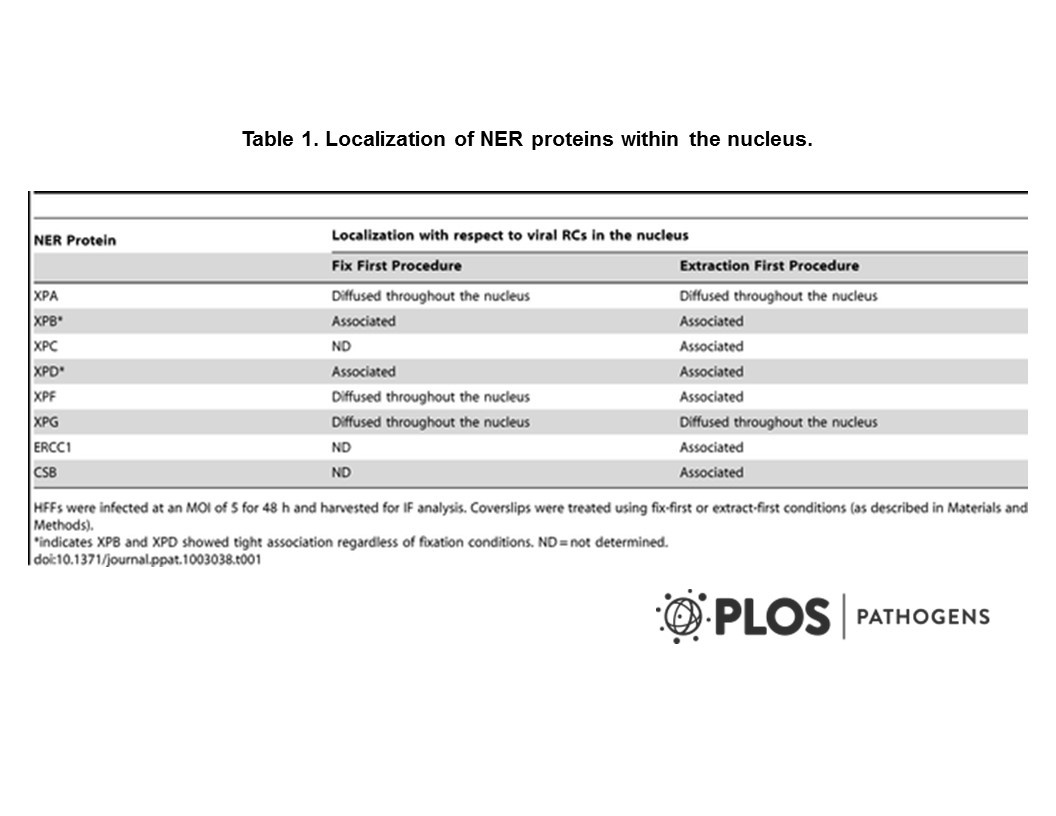Cat. #151050
Anti-ERCC1 [ERCC1 3H11]
Cat. #: 151050
Sub-type: Primary antibody
Unit size: 100 ug
Availability: 1-2 weeks
Target: ERCC1
Class: Monoclonal
Application: IF ; IP ; WB
Reactivity: Human
Host: Mouse
£300.00
This fee is applicable only for non-profit organisations. If you are a for-profit organisation or a researcher working on commercially-sponsored academic research, you will need to contact our licensing team for a commercial use license.
Contributor
Inventor: Julian Gannon
Institute: Cancer Research UK, London Research Institute: Lincoln's Inn Fields
Tool Details
*FOR RESEARCH USE ONLY (for other uses, please contact the licensing team)
- Name: Anti-ERCC1 [ERCC1 3H11]
- Alternate name: Cyclin-Dependent Kinase 1; Cell Division Cycle 2, G1 To S And G2 To M; Cell Division Control Protein 2 Homolog; Cell Division Protein Kinase 1; P34 Protein Kinase; P34CDC2; CDC28A; CDC2; Cell Cycle Controller CDC2; CDKN1
- Research fields: Cancer;Genetics
- Clone: ERCC1 3H11
- Tool sub type: Primary antibody
- Class: Monoclonal
- Conjugation: Unconjugated
- Molecular weight: 33-36
- Strain: Balb/c
- Reactivity: Human
- Host: Mouse
- Application: IF ; IP ; WB
- Description: Nucleotide excision repair (NER) is a DNA repair pathway that removes lesions induced by a variety of agents such as UV irradiation. ERCC1 binds to XPF to form the heterodimer ERCC1-XPF, which is a DNA endonuclease that is essential for the dual incision step of NER (cleaves 5' of the DNA lesion). Some publications report that ERCC1 is elevated in cisplatin-resistant cells.
- Immunogen: Full length HIS-tagged recombinant human ERCC1
- Isotype: IgG2a
- Myeloma used: Sp2/0-Ag14
- Recommended controls: A431 cells or HeLa
Target Details
- Target: ERCC1
- Molecular weight: 33-36
- Tissue cell line specificity: A431 cells or HeLa
- Target background: Nucleotide excision repair (NER) is a DNA repair pathway that removes lesions induced by a variety of agents such as UV irradiation. ERCC1 binds to XPF to form the heterodimer ERCC1-XPF, which is a DNA endonuclease that is essential for the dual incision step of NER (cleaves 5' of the DNA lesion). Some publications report that ERCC1 is elevated in cisplatin-resistant cells.
Applications
- Application: IF ; IP ; WB
Handling
- Format: Liquid
- Concentration: 1 mg/ml
- Unit size: 100 ug
- Storage buffer: PBS with 0.02% azide
- Storage conditions: -15° C to -25° C
- Shipping conditions: Shipping at 4° C
References
- HCMV-infected cells maintain efficient nucleotide excision repair of the viral genome while abrogating repair of the host genome.
- O'Dowd et al. 2012. PLoS Pathog. 8(11):e1003038. PMID: 23209410.
- Bhagwat et al. 2009. Cancer Res. 69(17):6831-8. PMID: 19723666.
- Immunodetection of DNA repair endonuclease ERCC1-XPF in human tissue.
- Biggerstaff et al. 1993. EMBO J. 12(9):3685-92. PMID: 8253090.
- Co-correction of the ERCC1, ERCC4 and xeroderma pigmentosum group F DNA repair defects in vitro.





